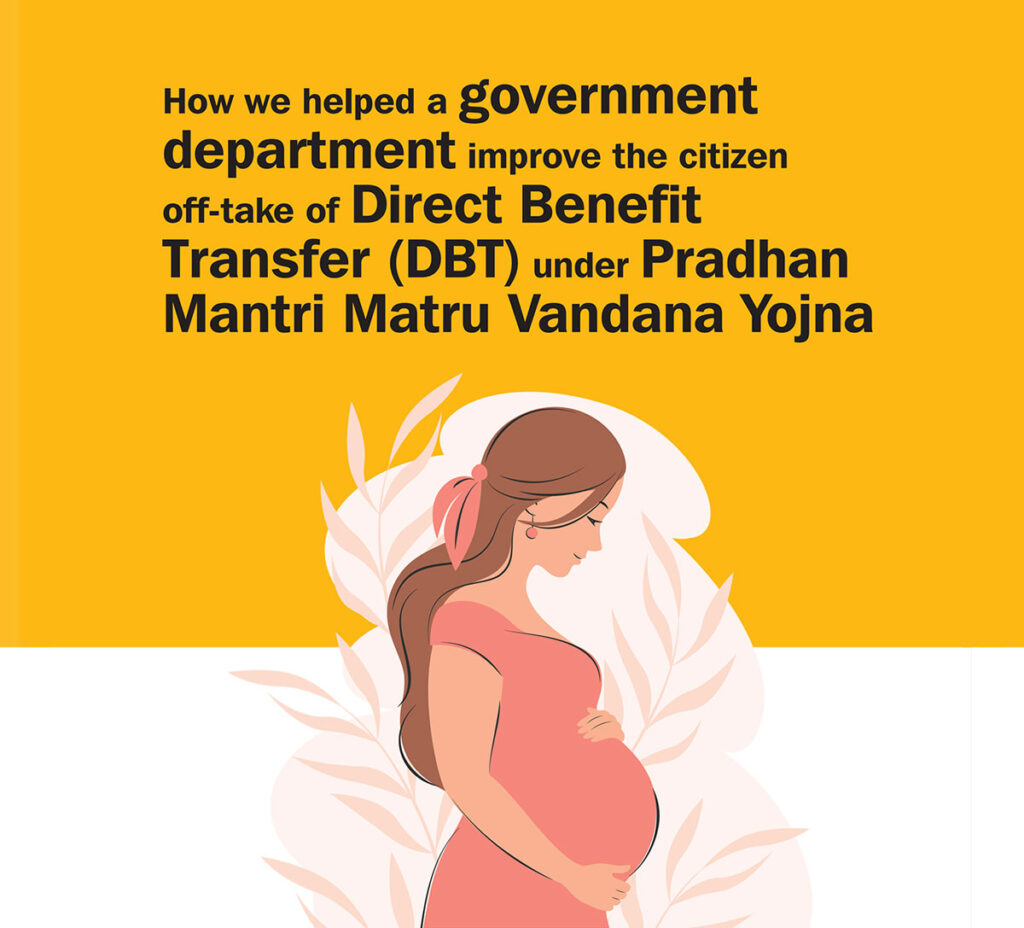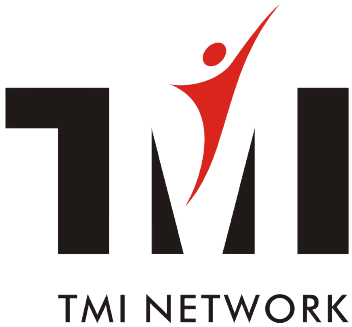
How we helped a government department improve the citizen off-take of Direct Benefit Transfer (DBT) under Pradhan Mantri Matru Vandana Yojna

Synopsis:
Pradhan Mantri Matru Vandana Yojna (PMMVY) focuses on pregnant women and lactating mothers with the objective of providing wage loss compensation to enable women to rest during and post-pregnancy, as well as to improve healthcare-seeking behaviour. Off-take of DBT under the program was low due to poor awareness amongst the citizens, errors in documentation and poor awareness of the processing amongst the Government staff. We helped build a solution that cascaded learning from the state to division to district to block right down to the village level, using blended learning methodologies.

The Situation:
Low number of benefit claims under the program and poor processing of claims by the Government functionaries was due to inadequate awareness. The department wanted a holistic solution that built awareness across all stakeholders from the citizen down, right up to the state-level officers. The solution had to be implemented under very tight timelines and severe budget constraints. They sought a partner who could co-create the solution and help implement it with adequate tracking and monitoring.

The Solution:
We designed an innovative capacity-building approach, which included both offline (face-to- face) and online training to cater to the need for rapid awareness building at scale.
The solution included modelling a cascaded training deployment solution, where we developed master trainers at divisional level and jointly undertook Train-The-Trainer (TTT) programs at district level. District-level officers were enabled to cascade the training to block level, who in turn cascaded it to the village level staff – Anganwadi Workers (AWW). Digital content was developed as refresher for Government Staff. Mobile nuggets were developed as refreshers for AWW and also used to familiarize citizens about the availability of the benefit scheme.

The Impact:
The program was rolled out to 1 lakh+ staff across the state – 97,000+ AWWs, 15,000+ ANMs & ICDS projects across the state. Millions of women would have benefitted from this program as it would have helped them avoid strenuous work towards term and immediately after child delivery.



